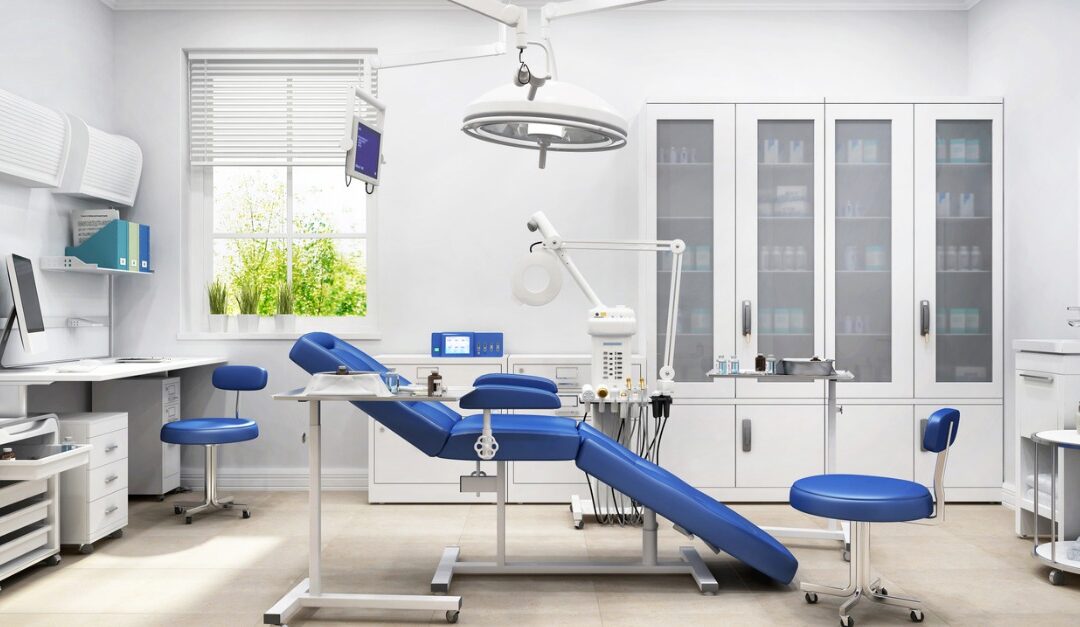In November 2022, the US Pharmacopeia (USP) released updates to their General Chapters on Compounding for sterile and non-sterile preparations that will go into effect on November 1, 2023. The question coming out of these updates is: how will they alter how I run my business?
The USP is an independent, scientific nonprofit organization focused on building trust in the supply of safe, quality medicines. To do this, the USP uses continuously revised USP–NF standards developed through a unique public–private collaborative process, which involves input from pharmaceutical scientists in industry, academia, and government.
The new updates to their general chapters primarily concern what are known as BUDs or Beyond-Use Dates. BUDs are the date, or the hour and date, after which a compounded preparation, either sterile (CSP) or non-sterile (CNSP), can no longer be used, stored, or transported. Think of them as “best by” dates similar to what you would find in a grocery store. This date is based on the time the preparation was compounded. By using BUDs, individuals who use compounded preparations decrease potential risks to their patients from the breakdown of materials used. Preparations retained after the BUD are at risk for physical and/or chemical degradation, microbial contamination, and proliferation.
The previous chapters’ BUDs were divided into three categories, designating compounded solutions as 1) low risk, 2) medium risk, and 3) high risk. The new chapter retains a three-category system but restructures the previous categories into the new categories 1 and 2 and adds a third category that allows for longer BUDs.
Under the new chapter, category 1 requires CPS to be compounded in International Organization for Standardization (ISO) Class 5, at minimum, in a segregated compounding area (SCA). These compounds have the shortest BUDs, ranging from 12 to 24 hours. Category 2 compounds must be made in a cleanroom suite, an engineered space maintaining a very low concentration of airborne particulates. They must be well isolated, well-controlled from contamination, and actively cleansed. These compounds have BUDs ranging from 4 to 90 days, depending on the compounding process used, the sterility of the compound components, and sterility testing done on the compound. Finally, category three compounds are category 2’s that undergo further sterility testing and stricter sterility requirements for personnel during the compounding and the area. These compounds have BUDs ranging from 60 to 180 days.
So, what does this new chapter mean for your business? Firstly, you should review the latest chapter in further detail. The above summary, while informative, only encompasses some aspects of the new branch. The next step would be to assess your current compounding practices to see what fits within the new chapter’s regulations and what needs to be altered to meet them. Below, we detail some areas that may require practice alterations to comply with the latest chapter.
The new chapter requires facilities to implement written SOPs to ensure compliance with the above processes and reduce possible contamination as much as possible in areas that differ from a standard pharmacy compounding environment. These SOPs should include the scope of immediate use compounding, the training requirements for the compounding process and preparation, and the process for assigning BUDs and labeling compounds.
The new chapter requires personnel to be trained and demonstrate competency in the aseptic processes required by the new chapter and detailed in the facility SOPs. Training should include hand hygiene and garbing, cleaning, and disinfection, measuring and mixing, aseptic technique and labeling, as well as BUD and compounding procedures. It would be best to include training on these practices and SOPs for all staff that prepare medications. Consider using ready-to-administer/use alternatives to save time and decrease the risk of contamination, as they require less manipulation.
Understanding the requirements in the new chapter and implementing procedures to follow them is the best way to protect your patients and your practice. The latest chapter makes it clear that with greater sterilization comes longer BUDs. By understanding the processes required for each category and the BUDs that accompany them, you will ensure the best use of your prepared compounds and the greatest level of safety for your patients. The requirements of the new chapter will go into effect on November 1st, 2023, so now is the time to review the changes and begin implementing new practices to ensure compliance.
*This blog post is for informational purposes only and does not constitute legal, financial, or medical advice or the forging of an attorney-client relationship. Please retain the services of an attorney to receive legal advice on how the law applies to your business.


